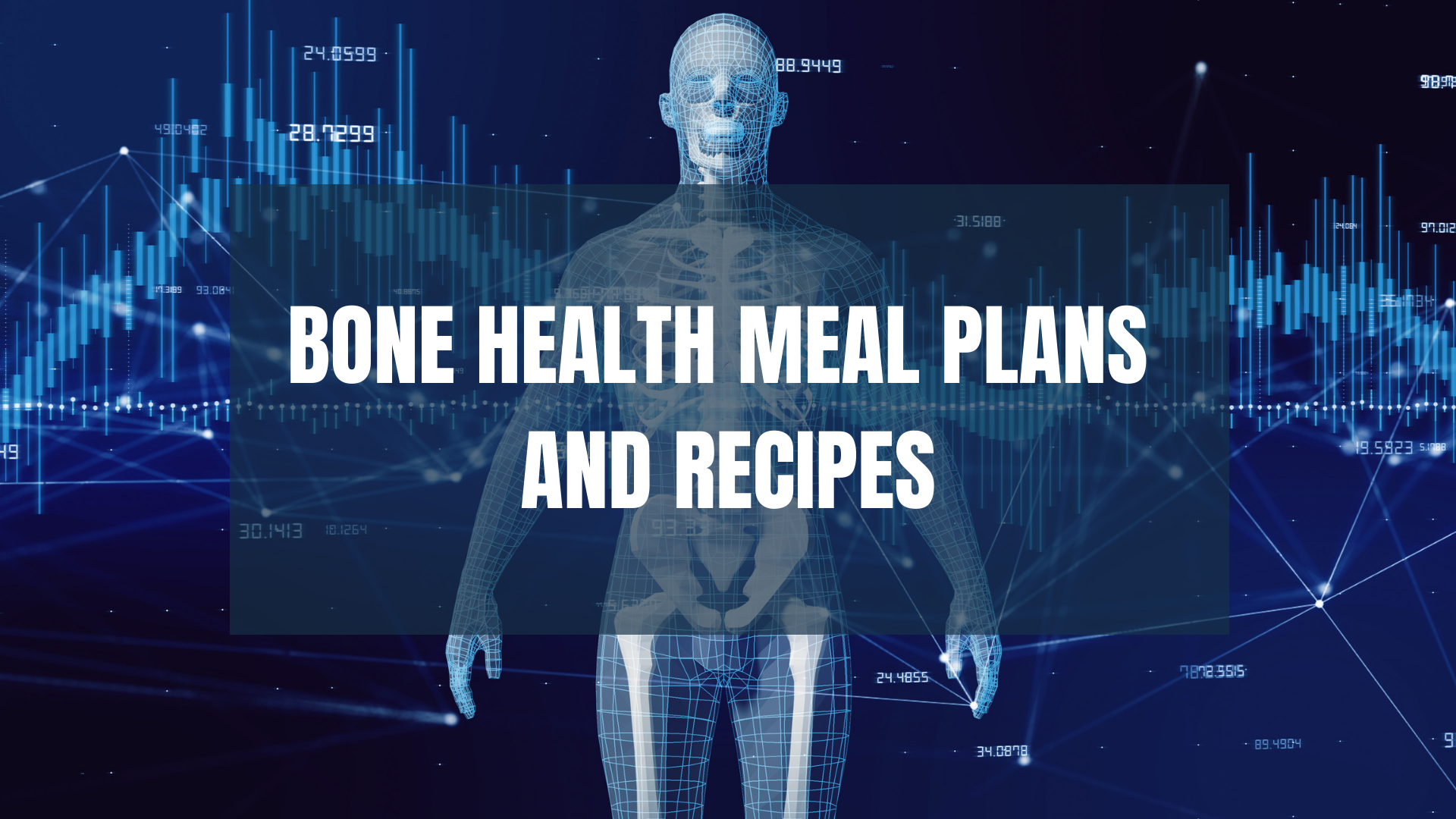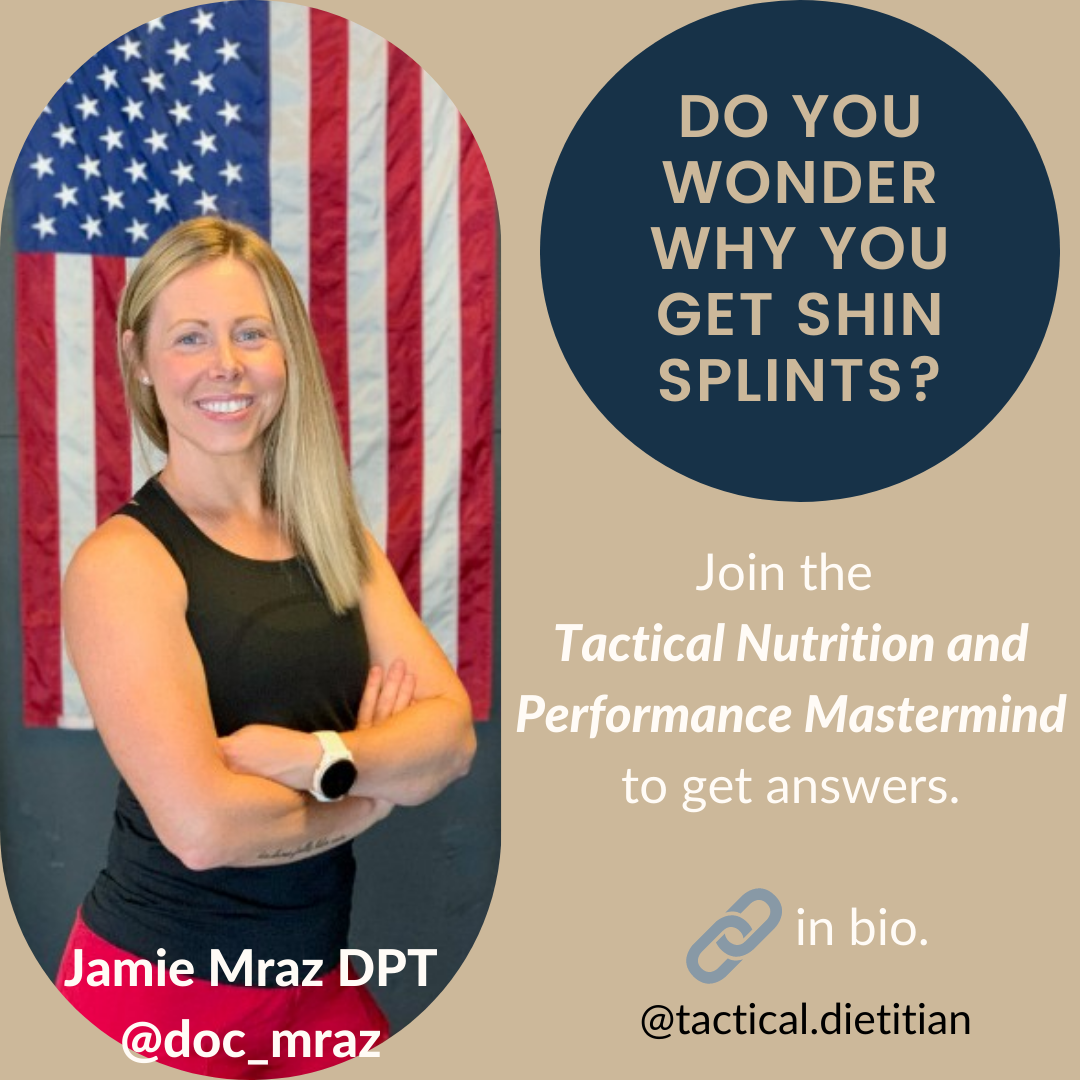Bone Health is more than calcium...
Oct 13, 2021Remember the old milk does a body good campaigns? Your favorite stars on your teen magazine with the iconic milk mustache? Got Milk?
While calcium does play an essential role in bone health it is definitely not the only factor that is needed to ensure strong, resilient bone. For the tactical athlete, who often operates under load and in less than ideal conditions, bone injury is not uncommon. Injuries can range from minor to more severe or chronic. The list could include shin splints, stress fractures, and breaks. Any of these conditions could be not only painful, but can have major effects on ability to train and work. For the athlete whose daily job requires a large amount of physical work injuries like this, regardless of severity, can set an athlete back, mentally and physically, especially if the healing process is hindered.
Understanding how to build strong bone, keep it strong, and heal it as needed can help keep the tactical athlete strong and durable.
Building bone starts at an early age, ninety percent (90%) of your bone mass is developed by the time you turn eighteen. Bone modeling during adolescence allows for the bone to grow by continuously being broken down and then be added to. Peak bone mass typically occurs around the age of 25 years, but it's important to understand that bone remodeling occurs throughout the rest of your life. Just like every cell in the body, bone is dynamic living tissue that is constantly undergoing the process of being replaced and replicated, as other bone cells are being constantly broken down. In fact, your skeleton replaces itself approximately every 10 years. Wow! This is one of those examples that I love that reminds us that we have the power to constantly change ourselves. We just have to understand what steps to take and how to take them.
But back to the bone -
Two of the biggest factors in building bone are physical activity and nutrition.
Both Non-impact and impact exercise are helpful in building strong bones. During impact activity microtrauma occurs in the bone, signaling for new bone growth to occur. A process known as mechanotransduction also takes place. In this process a physical stimuli sends chemical signals for bone growth.
This is why physical activity - running, jumping, playing - is so important during the childhood years particularly for bones. Adults who did not participate in regular physical activity as adolescents may not optimize peak bone mass and are likely to experience bone issues like osteoporosis as they age.
Although athletes should average approximately 10% higher bone mass density when compared to civilian counterparts, tactical athletes typically experience bone injury at twice the rate. Take the military for instance. In October of 2020, the U.S. Army reports that in 2018, 53% of soldiers reported new injuries with 71% of these reports being related to musculoskeletal injuries that were largely preventable. The economic impacts of this number are embarrassingly high. A similar number of injuries has also been reported in firefighters.
Anecdotally, in my daily work a large number of patients sent to my office by physical therapists suffer from chronic shin splints potentially due to poor nutrition and mineral deficiencies.
Damaged bone stimulates bone repair and remodeling. Perhaps you have heard that a broken bone often grows back stronger. Well, that may be true but only in the presence of an environment that is conducive to healing. Athletes who are under-fueled (either intentionally or unintentionally) and undernourished are not likely to be able to recover in the same way that their nutrition savvy team mates. Low energy availability is a risk factor in predicting injury and in poor or delayed injury healing.
While calcium is an important nutrition factor, other micronutrients must be given consideration as well including phosphorus, magnesium, vitamin D, and vitamin K - just to name a few.
As tactical athletes, what can we do to increase bone strength and health and prevent injuries?
1. Know your risk by assessing yourself:
- Current and previous nutrition history - intake of calcium related foods throughout your lifecycle, adequate caloric intake, adequate protein intake, micronutrient intake.
- Current and previous physical activity levels - especially weight bearing activities and impact activities.
- Injury History - especially bone related injuries such as shin splints or stress fractures. The best predictor of future injury is previous injury.
- Vitamin D status - get tested!
2. Create a strategic plan once you have identified possible shortcomings.
- Optimize your nutrition intake with bone supporting meal plans, recipes, and supplementation recommendations.
- Do weight bearing and impact activities regularly. The American College of Sports Medicine recommends three to five times per week.
- Work with a specialized coach who can provide specific nutrition plans if you are suffering from injury or bone loss, or have a high risk of bone injury.
This last one is important. The recommended daily allowance (RDA) is often lower than what is needed in order to restore certain micronutrients to their optimal levels. For instance, the RDA for vitamin D is currently only 600 to 800 IUs per day for maintenance of sufficient levels. It was just in the last few years that was raised from a measly 400 IUs by the USDA likely in response to the epidemic of vitamin D deficiency in the population. However, if you are deficient in vitamin D intakes of 5000 to 6000 IUs per day may be needed. *Always check with a healthcare professional. Once sufficient levels are achieved intakes of 1500 to 2000 IUs per day may be necessary for active individuals. Many other recommendations that are specific to a civilian or sedentary population are often inadequate to meet the needs of tactical athletes.
Interested in learning more about nutrition strategies for bone health? Check out the resources below:
Reference Links:
https://www.ncbi.nlm.nih.gov/books/NBK45504/
https://www.ncbi.nlm.nih.gov/pmc/articles/PMC5207095/
https://www.army.mil/e2/downloads/rv7/acft/h2f_operating_concept.pdf
Other Essential Nutrients for Bone Health
https://ods.od.nih.gov/factsheets/VitaminD-HealthProfessional/#h2
https://www.ncbi.nlm.nih.gov/pmc/articles/PMC5349390/pdf/10.1177_1941738116677732.pdf

